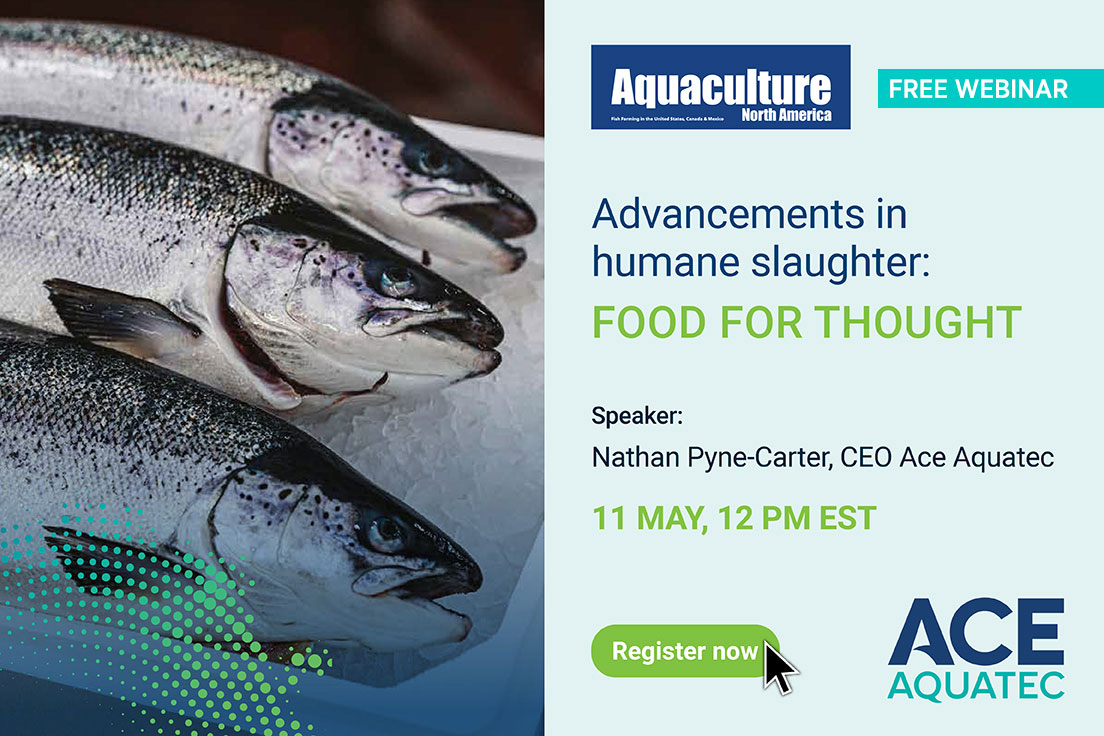
This webinar has ended. Missed it? Watch the full recording.
In 2021, having an ethical harvest set up on your fish farms is not a nice to have. It’s a necessity.
Over the last five years fish farms have come under increasing pressure from supermarkets, consumers, welfare groups, and industry regulators to improve the welfare of their fish and crustaceans during the slaughter processes and also make their operations more ethical and sustainable.
Shoppers are now voting with their forks for sustainable seafood. They are demanding clearer labelling on whether the fish and shellfish were sustainably sourced. The demand for certifications from welfare organizations, such as Compassion in World Farming and the Humane Slaughter Association (HSA) is also growing as consumers want reassurance about farming standards and adherence to legislation.
One of the main aspects of welfare is the slaughtering process. Commonly used stunning methods – dry electric stunners, ice bins, or CO2 – are seen as inhumane and outdated. Producers are also questioning the efficacy and quality issues with automated dry electric stunners.
Winner of the Aqua Nor award, Queen’s Award for Enterprise Innovation and the Global Aquaculture Alliance Award for Innovation, Ace Aquatec’s in-water stunner is now used by farms all over the world due to its high welfare and sustainability standards. The in-water electric stunner uses electricity to render any fish species unconscious, within less than one second, without removing them from the water. By stunning the fish in-water, the fish remain unaware, and unstressed until death. This process requires no handling of the fish, ensuring the highest possible welfare standards.
